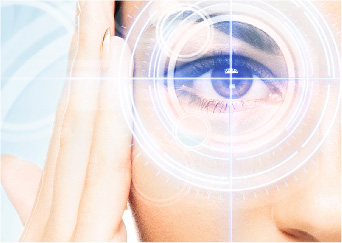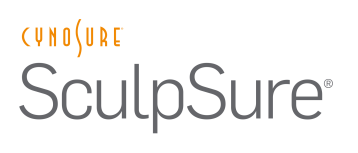Photorefractive Keratectomy (PRK) is the orginal laser vision correction procedure performed by the excimer laser. It can be used to correct myopia, hyperopia and/or astigmatism. Drops are placed to numb the eye. The epithelium or outer layer of the cornea is then removed and the laser is used to shape the cornea to correct your vision.
This reshaping of the cornea allows the light rays entering the eye to be focused on the retina, resulting in clearer vision. Since the layer of cornea tissue removed is so thin, the cornea is not weakened. A contact lens is placed on the eye and is left in place until the epithelium heals. This usually takes 5-6 days. Drops and medications are used to help alleviate the small amount of discomfort that usually occur during this healing phase.
The vision starts to improve once the contact lens has been removed and continues over the next 4 to 6 months. Drops are usually used for 3 months or so.
Results are excellent with more than 95% of patients achieving uncorrected vision that is good enough to drive a car. One of the main risks that can affect the results is the possibility of haze development during healing. The risk of this is minimal, but present, particularly in patients with high myopia. If indicated, a medication called Mitomycin C is applied during surgery to minimize this risk.
LASEK, or Laser Assisted Subepithelial Keratectomy, is a modification of the LASIK and PRK procedures. After anesthetizing the eye, an alcohol solution is used to loosen the surface layer of cells on the cornea. This layer is lifted and the cornea is treated with the laser. More of the corneal tissue is available for treatment than with LASIK, making LASEK a better choice for patients who require greater vision correction. After treatment the cells are replaced and allowed to heal. A contact lens may be worn for a few days until recovery is complete. Advantages of LASEK over PRK are diminished pain, shorter recovery time and a lower risk of infection.
Our Surgeon Stephen S. Gee M.D. is the most experienced LASEK surgeon in Hawaii.
Both PRK and LASIK procedures are similar with regards to the application of the excimer laser to permanently re-shape the cornea. Both procedures are used to reduce or eliminate a patient’s prescription, but the difference lies in where the laser is applied. PRK involves using the laser on the top of the cornea while LASIK involves the creation of a flap first, and the laser is applied underneath. The flap is then repositioned and is instantly re-bonded. A screening exam is provided at no charge to determine if the patient is a candidate for laser vision correction and which procedure is best suited for their specific needs.
| Almost painless. | Most patients have 2 – 4 days of discomfort and some pain after the procedure. RX for pain are given to reduce your discomfort. | |
|
Most patients can comfortably drive within 24 hours of having the procedure. |
Vision is blurred for 3 – 7 days following the procedure. | |
|
Vision in most patients is stable after 2 – 6 weeks. |
Vision may fluctuate for 1-6 months. | |
|
Eye drops used for 1 week only. |
Eye drops necessary to control the healing process for 1 – 4 months. | |
|
Very little aftercare necessary because of minimal healing response. |
Some additional post-operative visits may be necessary to ensure proper healing. | |
|
Flaps may cause some aberrations and some minor flap complications. |
No flap is needed. |
If you have any questions please call our Honolulu office at (808) 594-9194 or email us at info@panpacificlaser.com.
To request a consultation please click here and complete our request form.
















